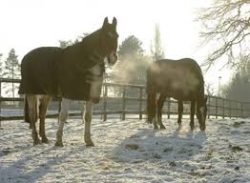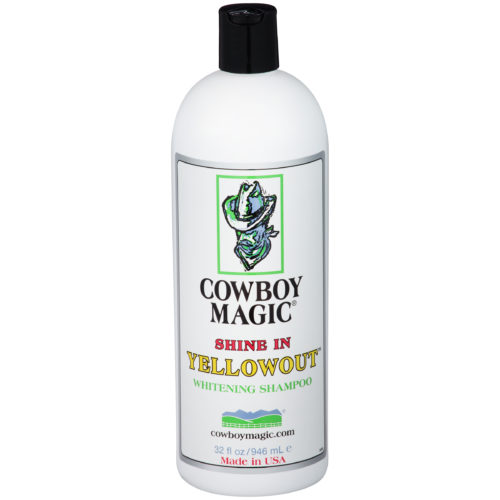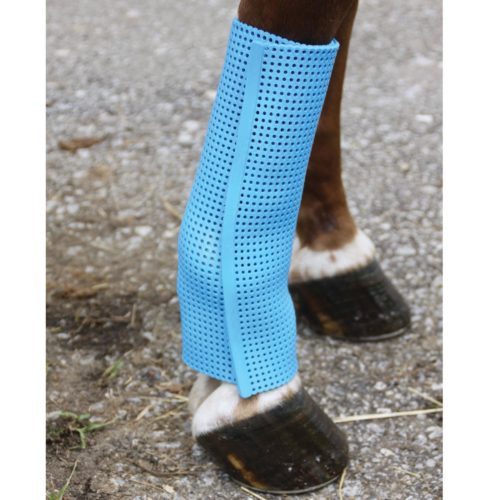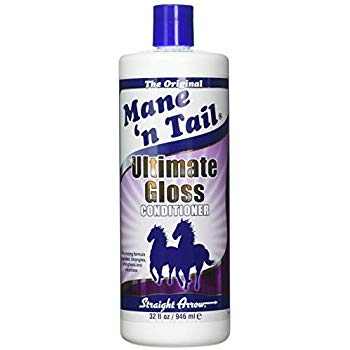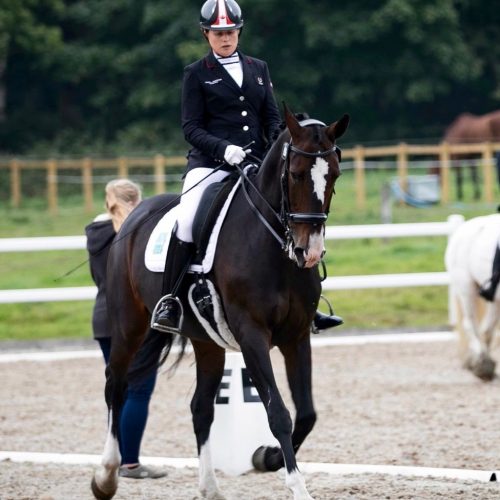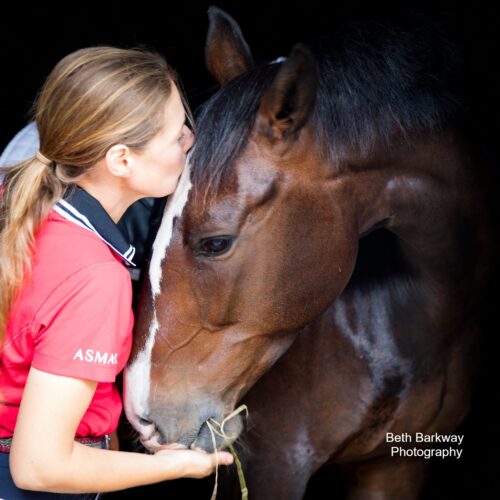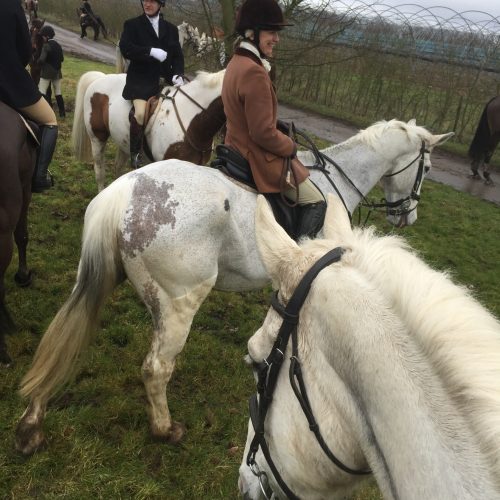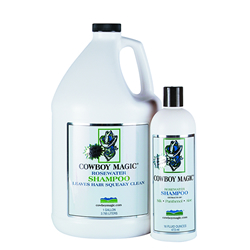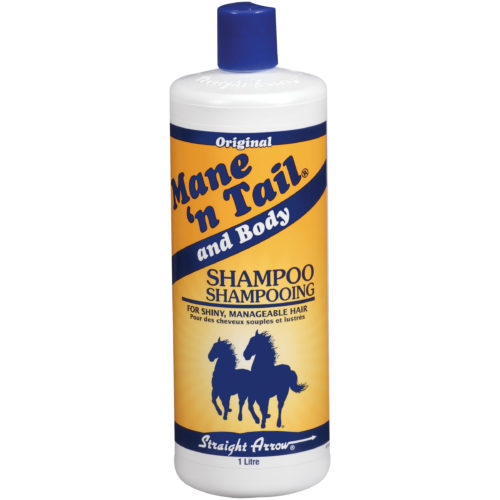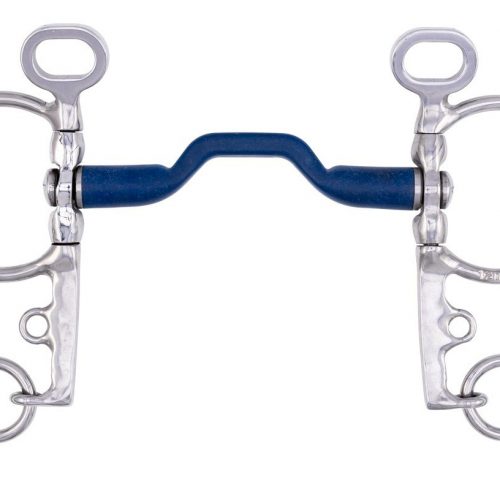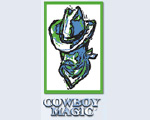Coping in Wintertime
March 3rd, 2018
Coping in Wintertime
As the ‘beast from the east’ finally begins to draw to a close World Wide Tack looks coping in winter weather to get you through the last of the snow and cope with the wet weather that is bound to follow!
Native ponies have evolved to be tough enough to cope with quite severe winter weather without many problems but our sports horses need extra forage and shelter to ensure they preserve their energy reserves and keep warm. A thin equine will feel the cold and use up stored fat to maintain its bodily warmth – losing yet more weight.
In terms of body heat horses and ponies grow an extra layer of hair in the autumn, which is extremely effective at keeping the elements out and body heat in. The longer coat helps to protect your horse from rain. It is naturally coated with waterproof oils, which act as a barrier against even severe downpours. The direction of the hair growth also helps to channel water, so it runs off the body. However if you ride regularly during the winter, you will need to clip your horse’s protective coat and therefore rug and stable your horse more.
Ideally rugs should be removed once a day to check underneath. If your horse has sweated (which can easily happen if they have a quick charge about or the sun comes out) this can lead to skin problems.
Removing the rug gives both the horse’s body and the inside of the rug a chance to breathe and allows you to check that all is well underneath. It’s also the only way to check your horse’s condition, so even if it’s very difficult to do every day, when it is dark and wet in the depths of the winter, do at least make sure you do it every couple of days.
Most people worry whether horses have enough water on hot summer days, but water can be as much of a problem in winter. Frosty nights can freeze water and leave horses without water for several hours. The first job for any owner on a cold morning is to break ice on water troughs and buckets and check it regularly throughout the day, if the temperature stays low. Horses can actually drink more in the winter, especially as they are probably eating much more dry hay, rather than grass – which is around 80% water.
A field shelter is always a strong recommendation for horses kept outside or those spending regular time outdoors. It obviously needs to be safe and able to withstand strong winds as wind if often the element our equines most object to. It should be cleared of droppings each day, just like a stable, and an area of clean bedding will make it more comfortable if the horse wants to lie down.
One of the worst problems in the sort of weather we’ve been having is the state of your fields. Unfortunately horses are heavy animals with feet that quickly churn up soft ground, as the snow thaws and the rain comes in the likelihood is if you offer your horse regular turn out your fields will be damaged and need to some attention to get back on track for spring.
Field management is important and resting an area of your pasture during the winter is wise.
Putting drainage in the most used areas of the field is sensible if possible which tend to be near the gate and in front of field shelters. Straw can provide a temporary reprieve from deep mud, but hardcore, if laid well, is a more long term solution. Putting down a thick straw bedded area will provide a dry area for eating hay or even snoozing on dryer days. This will need completely removing in the spring and will kill the grass underneath, so needs to be thought through first.
As mud and wet weather is the next challenge we equestrians face here in the UK it is time to consider the hooves and the skin as wet to dry conditions common in wintertime causes the hoof capsule to change shape. Firstly the Keratin molecules in the hoof swell and absorb water expanding, followed by during drier weather spells only to dry out, contract and change shape again, this can damage the integrity of the hoof.
The skin can also be affected as the wind and rain and mud saturation can result in pastern dermatitis, also known as mud fever. Mud- related skin condition can cause painful skin irritation and infected sores that can result in swelling of the limb and even lameness! Pastern Dermatitis, also known as mud fever is caused by a bacteria which resides in soil as spores, and then becomes active in wet weather. The bacteria enters the body through small cuts which generally occur due to wind, rain or horse owners washing our horse’s legs and softening the skin. These small cuts, once the bacteria has entered the body can then turn into painful sores and scabs as the infection spreads.
The other problem in wet conditions is that it makes your horses’ hooves very soft, so it’s very easy for tiny pieces of grit or other foreign bodies to work their way in and for an abscess to develop.
So after all that doom and gloom all we can say here at World Wide Tack is roll on Spring! We are nearly out of the woods!

